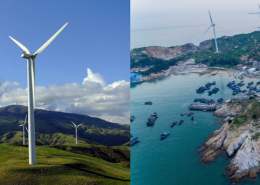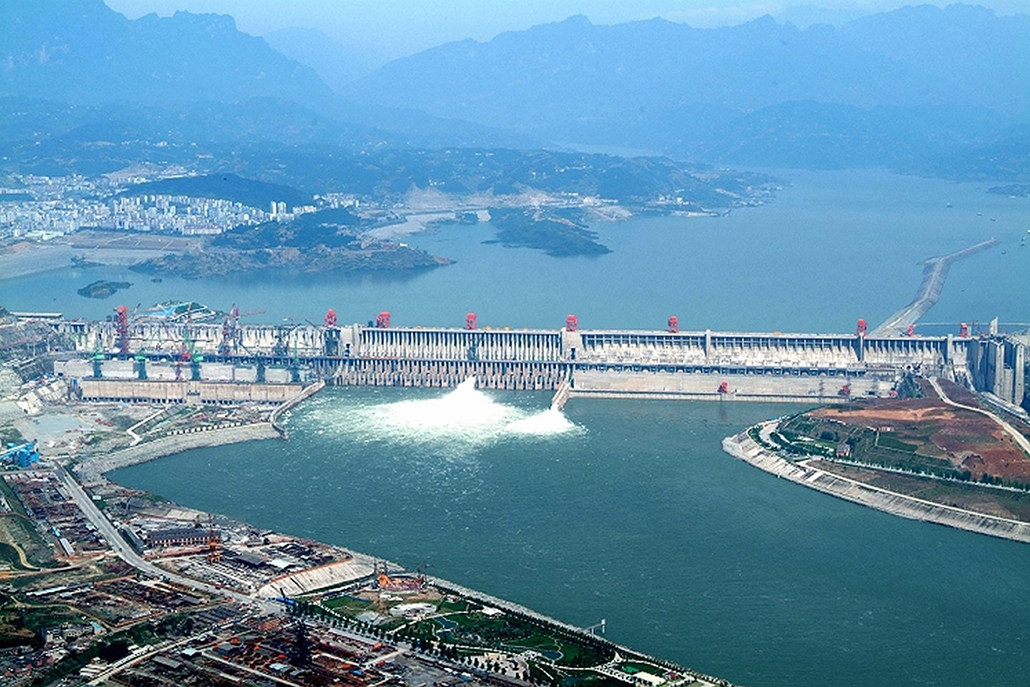Efficiency, Environment, Price: Regional Modeling of China’s Power Sector
Place: China • Date: 2005 • Partner: World Bank
Project Summary
Over the next 15 years, China’s energy concerns will be dominated by the need to sustain 6 to 10 percent annual demand growth, while raising standards for human and ecological health. To reconcile and achieve these objectives will require deeper understanding of the complex linkages between economic activity, energy resources, and the environment. We propose the use of empirical GE models to elucidate energy-economy-environment interactions and inform more economically and socially effective polices.
Because of its fundamental economic importance, rapid expansion, and slow capital turnover, the power sector will be a salient component of China’s medium-term growth experience. Even conservative growth estimates imply that, over the next fifteen years, China must add generation that exceeds Europe’s entire installed capacity (850-900GW against 780GW for the 2004 EU). Changes in electricity prices have pervasive upstream (e.g., primary energy prices) and downstream (industry structure, consumption patterns, etc.) linkage effects, and technology choice ultimately determines patterns of resource use. In terms of technology adoption, fuel sources, and emission characteristics, investment decisions made now in China’s electricity sector will have economic and environmental implications lasting 30 to 50 years.
While macroeconomic trends can influence the electricity sector through overall growth and investment patterns, equally important are feedbacks from electricity policies to the rest of the economy. The sector is a highly regulated one and, and polices toward prices, investment, and technology can exert complex influences on the rest of the economy. Furthermore, energy and electricity markets in China exhibit significant segmentation. Although many of the country’s regional electricity grids have limited interconnection, China has not established a grid at the national level and is unlikely to have one serving up to half of GDP over the period under consideration. For the medium term, electricity sector markets will remain region specific, and policies need to take account of underlying heterogeneity in resource availability and service requirements.
Most Recent Entries

California and China: Leadership for a Low Carbon Future

Roadmap on the Prospects for GMS National Scaling and GMS Regional Coordination of Agrifood Traceability Schemes





